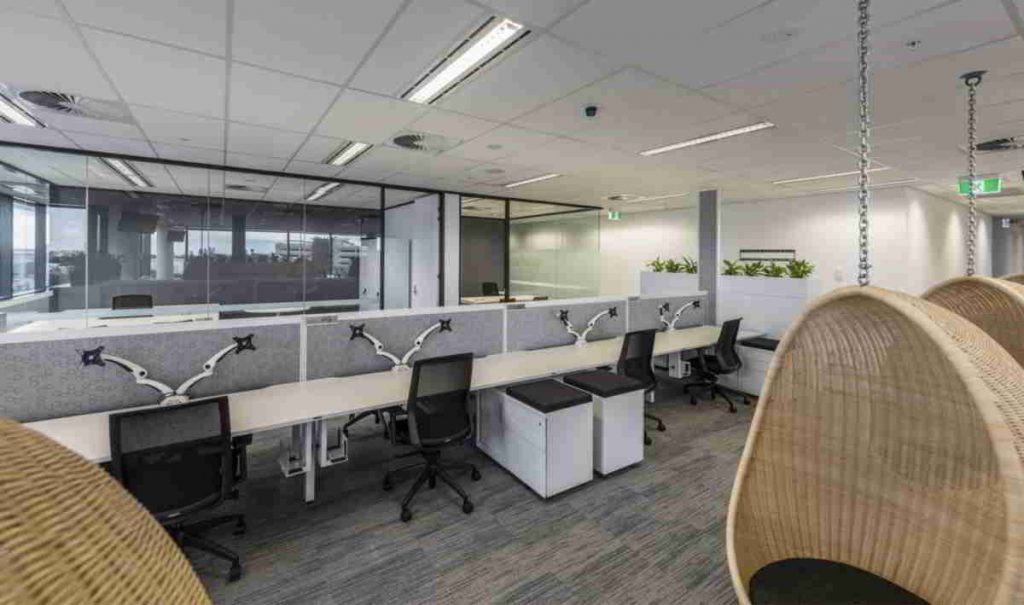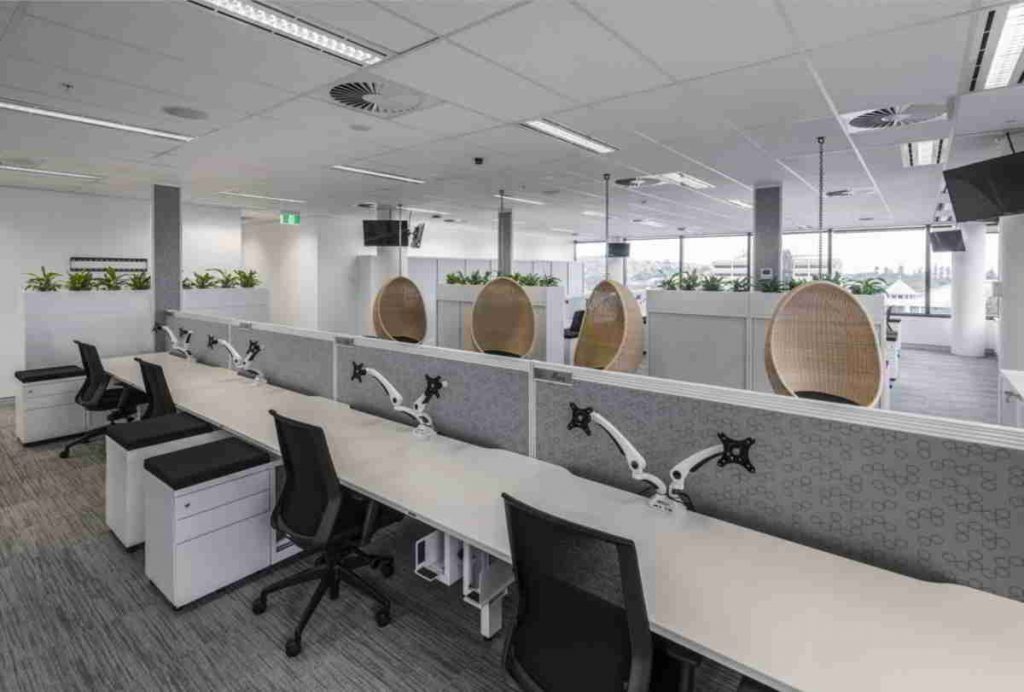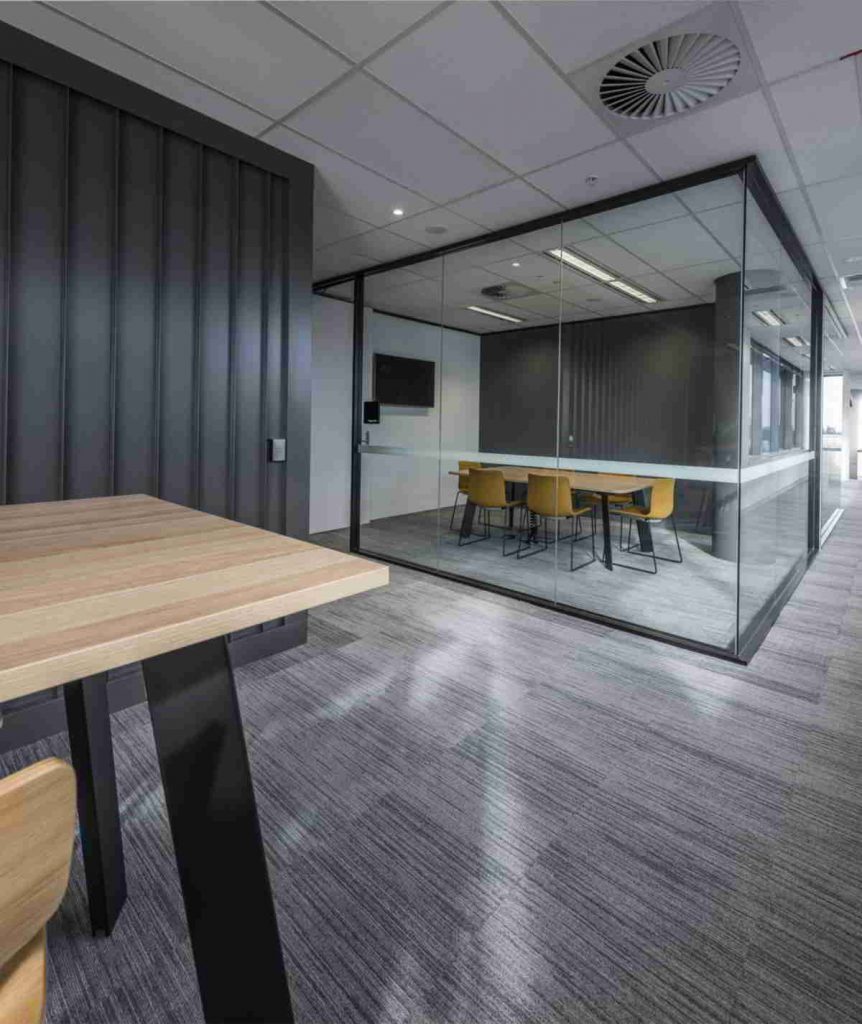Top 5 Latest Office Fit-out Trends for 2018

Here are the top five trends to look out for in the coming year:
1. Dynamic Workspaces
With the idea of ‘Dynamic Workspaces’ expected to gain popularity in 2018, designers are trying to adopt more hybrid designs to combine the benefits of both traditional office layouts with open plan. ‘Dynamic Workspaces’ help in creating a flexible office space catering to employee’s daily activities. For instance, small breakout rooms are often used to provide collaborative spaces for teamwork and bigger traditional conference rooms for annual company meetings. Using the concept of ‘Dynamic Workspaces’, big traditional conference rooms, which are used rarely, can be flexibly changed to smaller breakout rooms for collaborative working or private spaces for individual concentration, thus ensuring workspaces are more efficiently and effectively used. For today’s businesses, ‘Dynamic Workspaces’ are the most cost-effective and practical solution.
Aluform offers an extensive range of aluminium partition systems, aluminium doors and sliding systems which are ideal for the use in any ‘Dynamic Workspace’ design. To find out more about our range of products, click on the following link www.aluforminteriors.com.au/products.

2. Unconventional Workspaces
Last year, Google started integrating unconventional workspaces such as pods, egg chairs, gaming rooms, food counters and other relaxing spaces within their conventional office design. 2018 will see the incorporation of this idea as part of workplace balance and employee health initiatives. Simple ideas like gaming and recreational rooms, social lunch rooms, breakout areas and meditation rooms can serve as recreational spaces for the required break during the office hours. Such unconventional spaces aim to increase employee well-being and strengthen employee relationships.

3. Design for Gen Z
With Millennials (born between 1981 – 1994) looking to fill a greater percentage of the work force and Generation Z (born between 1995 – 2010) entering the work force, 2018 will see an increased use of technology in the workplace. Designers will need more innovative ways of integrating technology into the office design, in view of increasing work productivity. With an increase in BYOD (Bring Your Own Device) and wireless/Bluetooth technology, Millennials & Generation Z are looking for greater flexibility around the office such as integrated power points, wireless charging points, and chairs with built in power points. Other examples of this trend include the use of sit-stand desks for better posture and employee health.
4. Incorporating more ‘Green” in design
According to recent research, plants make people happy and help in improving concentration level. 2017 saw the start of incorporating biophilic elements into office fitout designs. Rooftop gardens, water features, wall dividers for pots, known as living walls, are just a few examples of this trend. In 2018, the ‘Green Building Initiative’ will be gaining further popularity within the Australian building industry. Organisations around Australia will lean more towards the use of recycled and environmentally friendly products.
Aluform’s Reclaim, Remelt, Reuse program uses 100% recycled, remelted aluminium and is accredited for projects which require high green star ratings. Click on the following link to access our products https://aluforminteriors.com.au/products/
5. Colour Trend
The 2018 Dulux Colour Forecast “Balance” emphasises the increasing importance of work-life balance amongst the current generation. Research has proved that colours and patterns consciously and subconsciously impact peoples’ mood and energy. Designers are now trying to create harmonious workspaces that can help in uplifting and transforming employees’ moods in order to create more positivity and productivity within the work environment. 2018 will see a comeback of rich earthy tones like browns and reds to be balanced with subtle tones of cool greys and soft leathers. Bold patterns and shapes are also expected to be popular in 2018.
Aluform’s aluminium sections are available in natural anodised or can be powdercoated in a variety of colours to meet the architect’s requirement and specifications.

